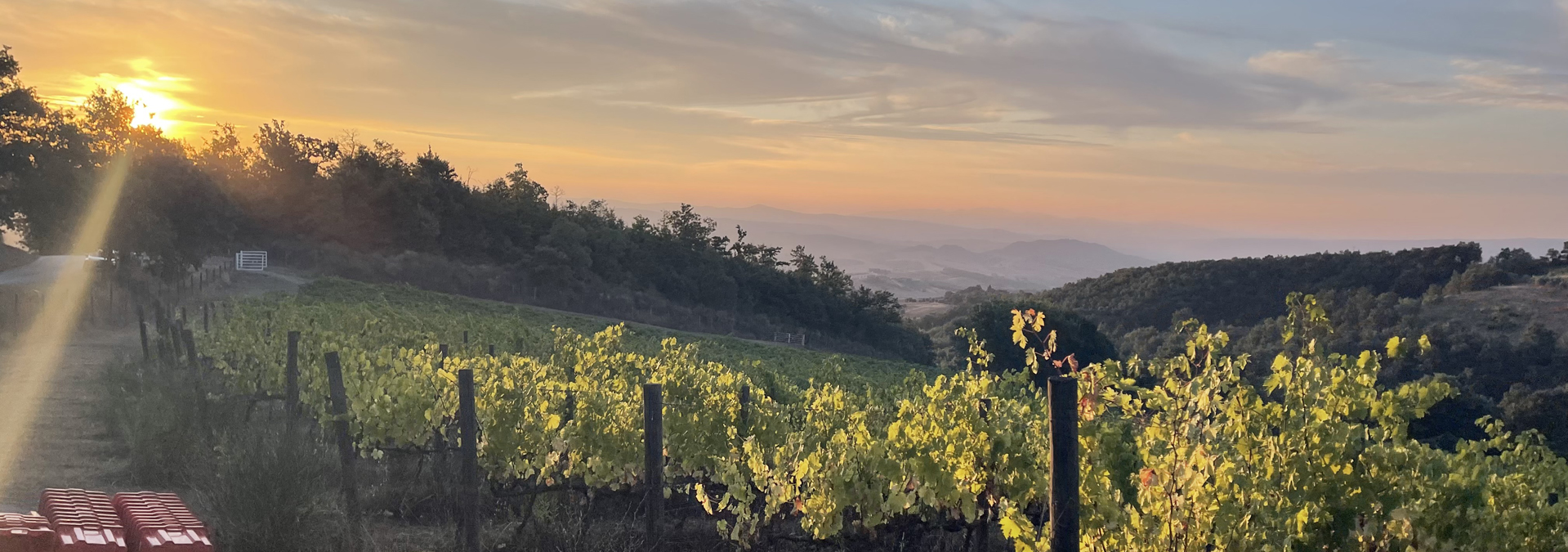All vineyards on the Estate share the same type of soil and climatic conditions. The soil is ocean floor, comprising of sedimentary clay, gravel sands and alluvial silt with marine fossils (sea shells and oysters).
Four million years ago during the mid-Pliocene age, this part of the Middle valley of the Tiber was covered by the Tyrrhenian sea which lapped the sides of the Apennine chain. The gradual retreat of the sea was due to tectonic movements, causing a general lifting of the area. Recently Archeologists from the University of Perugia discovered the fossilised remains of Sperm whales on the boundaries of property, which is now on display at the Allerona Museum.
In addition, the paleontologists identified structures as 1.75million year old fossilised ambergris. Ambergris, also known as ‘floating gold’, has been a popular perfume ingredient since ancient times. A solid, waxy and flammable substance, it is associated with sperm whales and the best quality are highly sought after. The discovery of these ambergris masses at the site contributed further knowledge to the sperm whale activity during this period and was a first fossil documentation anywhere in the world according to the article published in 2013 by Sci News.
The gravel and the sands allow for excellent drainage, whilst encouraging the roots to go deeper for nourishment from the limestone formed from the marine fossils, rocks debris and sea water. The clay, which is produced from degraded limestone, acts as a sponge, retaining water, and adding calcium.

